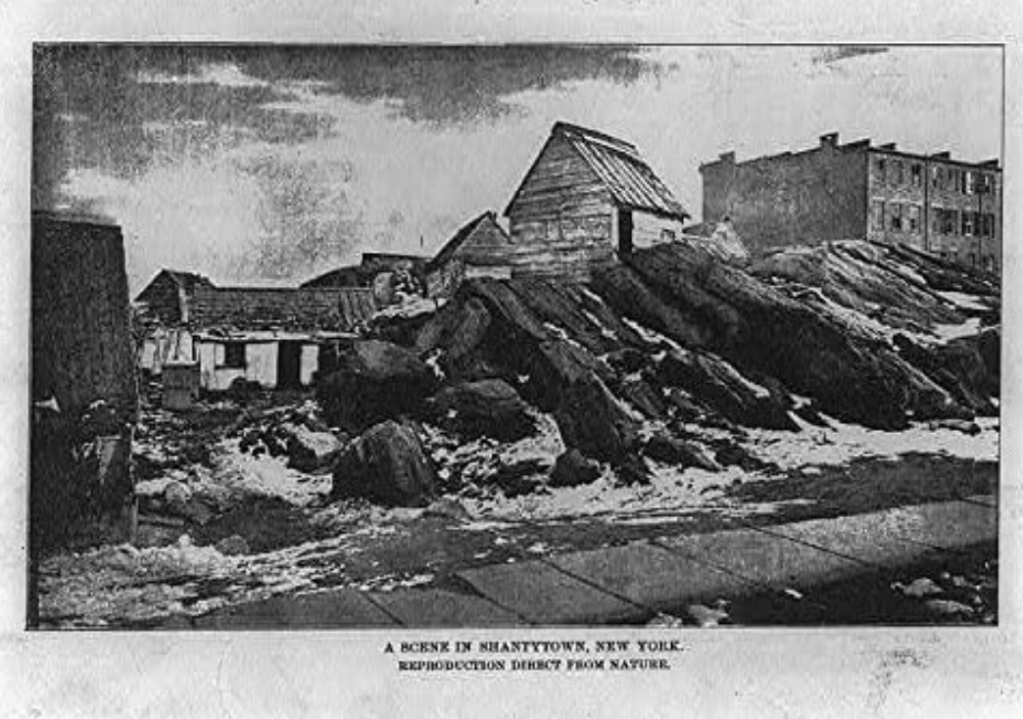Week 08 / 06.10.20 – Notes
-Photography
Photography has shaped the design industry and, for that matter, the world in a major way since its invention in the early 1800s. It has allowed us to capture precious memories and historic events with the mere click of a button, but this process was not always as uncomplicated and effortless as it is today. (Noroff, 2020)
Timeline:
- The camera obscura, meaning “dark room” (Latin): Invented by scientist, mathematician, astronomer and philosopher, Ibn al-Haytham.
- 1665 (around): A smaller, portable versions of the camera obscura were created. They were made of wooden boxes that consisted of a lens – Much like the ones we have today.
- 1820s: Joseph Niépce was the first to successfully create a permanent photograph.
– Photography and visual communications have been seen as a closely linked partnership, ever since the thought of drawing with light was established. Joseph Niepce experimented with capturing an image of nature with a camera. The Frenchman was the first to produce a photographic image while trying to find an automatic way of transferring existing drawings unto printing plates - 1825: Niépce developed heliography or sun engraving, a technique he used to create the world’s oldest surviving product of a photographic process: a print made from a photoengraved printing plate. In 1826 or 1827, he used a primitive camera to produce the oldest surving photograph of a real-world scene. (Wikipedia).
- 1839: Louis Jacques Mandé Daguerre: (shared ideas on similar research as Niépce), Impressive clarity, detail and incredible accuracy of his images. Daguerre’s prints were called daguerreotype. This was the beginning of the technology of making pictures by machine. This technique became later the dominant technique.

- William Henry Fox Talbot (scientist): enjoyed painting, but his lack of drawing abilities frustrated him. He was experimenting with white paper treated with silver compounds. Talbot’s techniques was called photogenic drawings. These days we call this technique, photograms where an image is created without the use of a camera by placing an object onto the surface of a light sensitive medium like photographic paper and exposing it to light.
- 1840, Talbot: calotype/talbotype: theese images had a softer, almost blurry look to them.
- 1844, Talbot: The Pencil of Nature (book), “first photographically illustrated book to be commercially published”.
- Sir John Frederick William Herschel: read both Talbot and Daguerre’s reports on their findings and techniques. Found that he could use sodium thiosulfate to fix the image by slowing down the action of light. Talbot used again this research and entailed using another sheet of his sensitized paper to contact print the reverse image using sunlight. Talbot called the reverse image a negative and called the contact print a positive.
- 1850, Frederich Archer (sculptor): wet-plate processing. The process allowed for much shorter exposure time, it was adopted by photographers throughout the world. It almost completely replaced both daguerreotypes and calotypes by the mid 1850’s. Observation by Herschel: when an under exposed negative was viewed through reflection against a black background it appears positive. This observation was used to produce the ambrotype. When the syrup-like material was coated on black metal, the portrait was called a tintype.

Ambrotype c. 1858. The left half of the ambrotype has the dark backing removed to show the
positive “effect” created from the original negative. (Robinson, 2017)
Ambrotype: The technique gave the citizens of modest means a way to gain “immortality” by having their images captured.
(Finefield, 2012)
- 1871, John Calvin Moss: photoengraving – a process for transferring line artwork onto metal letterpress plates. Before Moss’s method wood was used for engraving purposes, but these methods were extremely costly and time consuming.
- Before the printing of photographs, Illustrators used the art form as a research tool in the development of wood-engraved illustrations. The realness of photography helped illustrators capture current occurrences. Wood engravings created from photographs became a common phenomenon during the 1860s and 1870s.
- 1880, Stephan H. Horgan: inventor of the half tone screen that produced the first photograph that was reproduced on a mass scale. He used a screen to break the image into minute dots. The different sized dots fooled the eye of the viewer into perceiving different tones by varying the amount of ink printed on each area of the image

Half tone from 1880 
We still use the half tone technique today. It´s easy to recognize in newspapers. Photo taken by me (phone). Meta from Adresseavisen (2020).
- 1888, George Eastman: roll film -> Kodak camera. He was an American dry-plate manufacturer.

Resources:
This timeline was inspired by the following original texts:
- Meggs, P.B. (1998). The History of Graphic Design 3rd Edition. New York. John Wiley & Sons Inc.
- Federal Agencies Digial Guidelines Initiative. Printed Halftone. Retrieved on 07 October 2020. Retrieved from http://www.digitizationguidelines.gov/term.php?term=printedhalftone
- Finefield, K (2012). Civil War Faces – New Additions. Retrieved on 26 June 2019. Retrieved from http://loc.gov/pictures/resource/ppmsca.32599/
- Noroff (2020). Lesson – History of Photography. Rettrieved on 06 October 2020. Retrieved from https://noroff.bravais.com/document/6937/preview
- Robinson, L (2017). History of Photography: Introduction of Kodak. Retrieved on 25 June 2019, Retrieved from https://photofocus.com/inspiration/history/history-of-photography-introduction-of-kodak/
- Schaaf, L (2015). Talbot vs ‘Fox Talbot’. Retrieved on 25 June 2019. Retrieved from https://talbot.bodleian.ox.ac.uk/talbot/talbot-vs-fox-talbot/
- Scott, A (2012). The World’s Greatest Photographs. Retrieved on 26 June 2019. Retrieved from http://www.alistairscott.com/greatphotos/
- Talbot, H (1835a). Latticed Window In Lacock Abbey. Retrieved on 24 June 2019. Retrieved from https://curiator.com/art/henry-fox-talbot/latticed-window-in-lacock-abbey
- Talbot, H (1835b). Latticed Window In Lacock Abbey. Retrieved on 24 June 2019. Retrieved from http://scihi.org/henry-fox-talbot-photographic-pioneer/
- ThatStudent (2012). Having a Look at History of Graphic Design. Retrieved on 27 June 2019. Retrieved from http://havingalookathistoryofgraphicdesign.blogspot.com/2012/04/application-of-photography-to-printing.html
- Time Magazine (2016). The Most Influential Images of All Time. Retrieved on 28 June 2019. Retrieved from http://100photos.time.com/



One thought on “History of Photography – In Short”